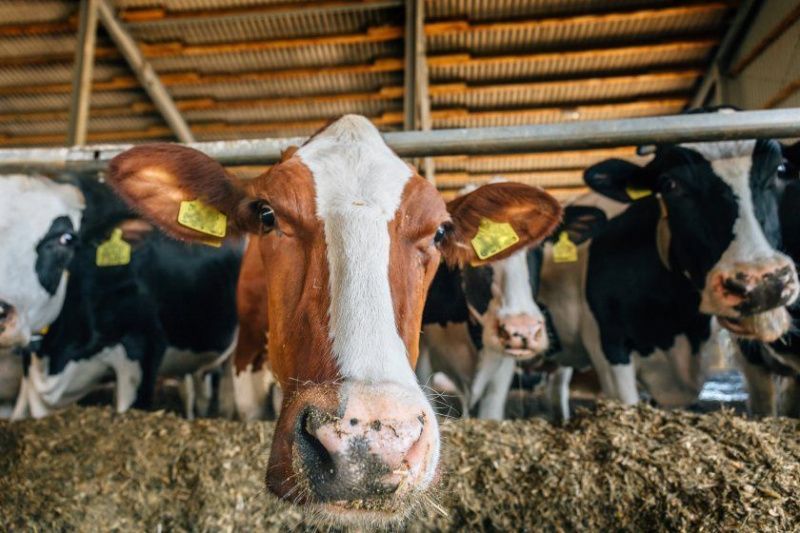Study Finds Dairy Cows Thrive on Soya-Free Diet, Reducing Farm Emissions

A new study conducted by the University of Nottingham in collaboration with Wynnstay has shown promising results for dairy farming by implementing a soya-free diet. The research, focusing on a herd of 400 Holstein Friesians, has demonstrated significant improvements in milk production and environmental impact.
The study recorded a 4.8 kilogram increase in milk per cow compared to 2023 figures. Additionally, milk urea levels saw a reduction from 249mg per litre to 176mg per litre, marking an enhancement in protein efficiency. This initiative aligns with the university's objectives of curbing farm emissions and advancing carbon footprint reduction per kilogram of fat and protein corrected milk (FPCM), meeting the expectations of milk buyers.
Commencing in March 2024, the diet swap out soya for alternatives like rumen-protected amino acids, protected rapeseed meal, and rumen energy sources, while the crude protein content was adjusted from 17.5% to 16.7%. Consequently, the starch content rose from 18% to 22.5%, which has further bolstered milk yield and fertility.
Post-transition to a 100% soya-free diet, cows have consistently outshone their prior production levels, attributed to an improved nutrient balance. The study also highlighted a 14% rise in forage intake, enhancing milk output from homegrown forage. This shift contributed to over a 10% decrease in CO2e per kilogram of milk and lessened the dietary impact per portion from 37kg CO2e to 21kg CO2e.
David Howard, head of dairy at Wynnstay, underscored the relevance of these findings for the dairy sector at large. "We’ve proven that cows can thrive without soya in their diet, which is a huge step forward in reducing the carbon footprint of dairy farming," he remarked. "Our approach benefits the environment while boosting farm profitability through increased milk derived from homegrown forage. The results advocate for a renewed perspective on ration formulation with amino acid precision, promising better efficiencies for both cows and the planet."
Looking forward, the team aims to surpass 5,000 kilograms of milk from forage per cow and intends to refine feeding strategies for first-lactation heifers to maximize growth and efficacy. Nigel Armstrong, the university's dairy herd manager, expressed satisfaction, saying, "We have only seen positive results around higher milk yields, greater forage intake, and lower urea levels. Operating as a high production commercial herd within a university, we aim to lead in dairy innovation. I just wish we had done it sooner."











